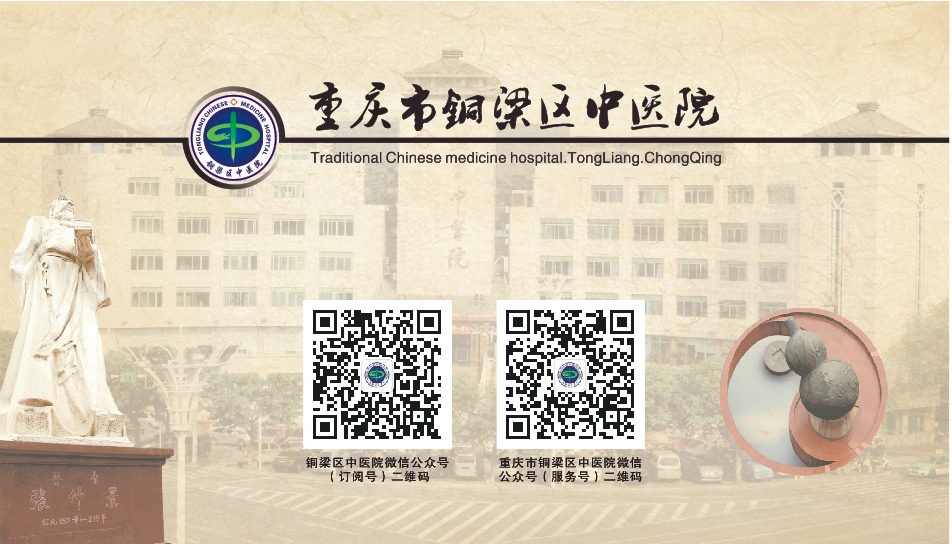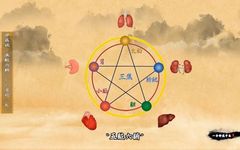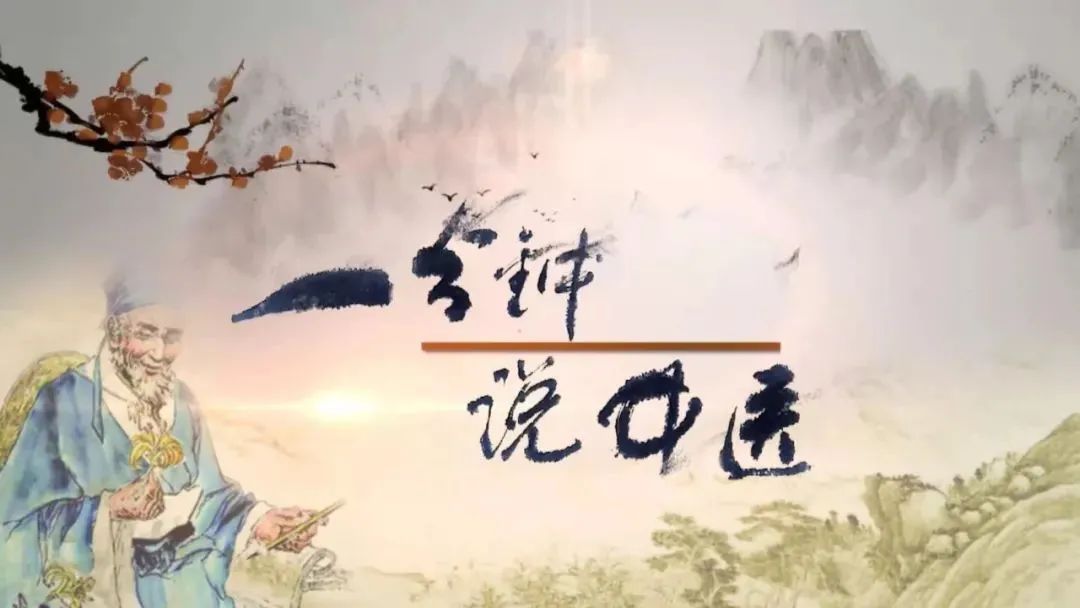


An Overview of the Five Zang and Six Fu Organs in Traditional Chinese Medicine (Part 1)


Watch the exciting content in video format
 Today, we will discuss the “Five Zang and Six Fu” organs. In Traditional Chinese Medicine (TCM), the five Zang organs are the liver (Gan), heart (Xin), spleen (Pi), lung (Fei), and kidney (Shen), while the six Fu organs are the gallbladder (Dan), stomach (Wei), large intestine (Da Chang), small intestine (Xiao Chang), bladder (Pang Guang), and San Jiao (Triple Burner).
Today, we will discuss the “Five Zang and Six Fu” organs. In Traditional Chinese Medicine (TCM), the five Zang organs are the liver (Gan), heart (Xin), spleen (Pi), lung (Fei), and kidney (Shen), while the six Fu organs are the gallbladder (Dan), stomach (Wei), large intestine (Da Chang), small intestine (Xiao Chang), bladder (Pang Guang), and San Jiao (Triple Burner).
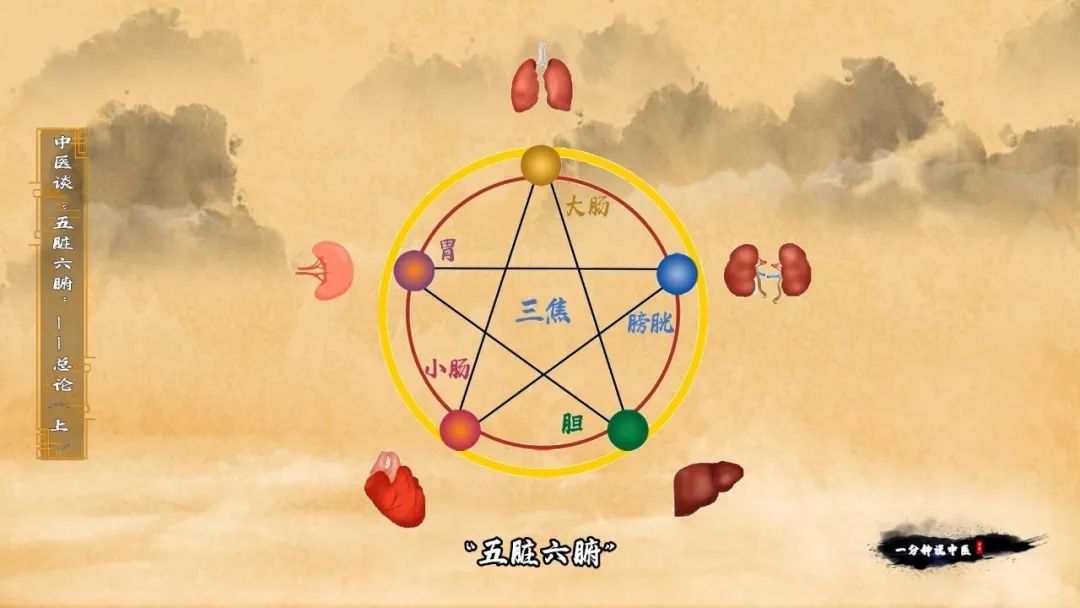
“Five Zang and Six Fu” together form a system characterized by their interconnections, manifestations, and openings. For example, the heart (Xin) manifests on the face, opens to the tongue, and is internally connected to the small intestine (Xiao Chang). This is referred to as the heart system. Thus, each organ forms its own system: heart system, liver system (Gan Xi), spleen system (Pi Xi), kidney system (Shen Xi), and lung system (Fei Xi).
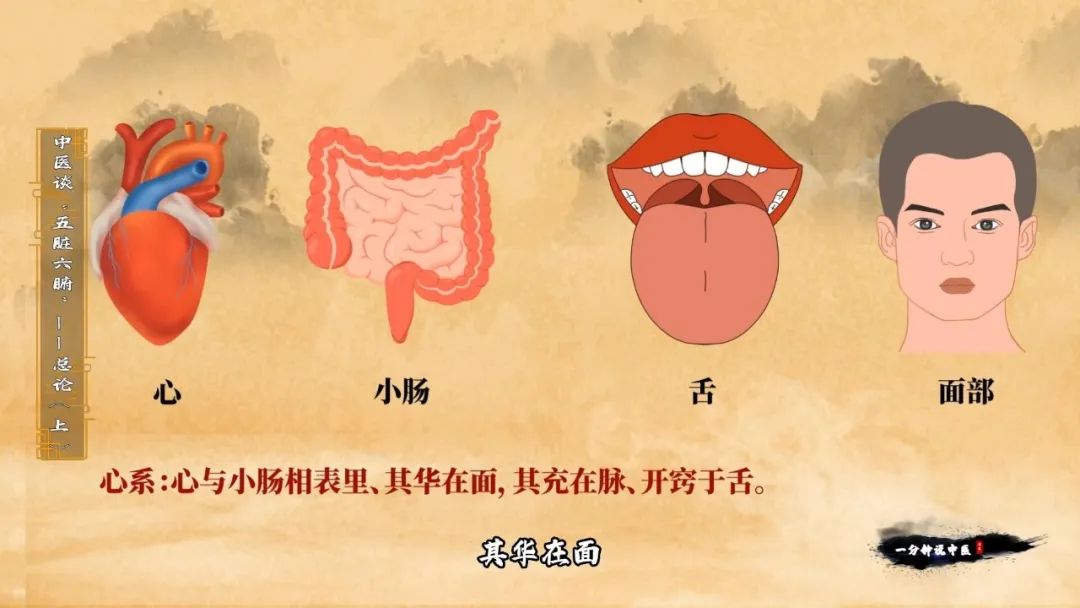
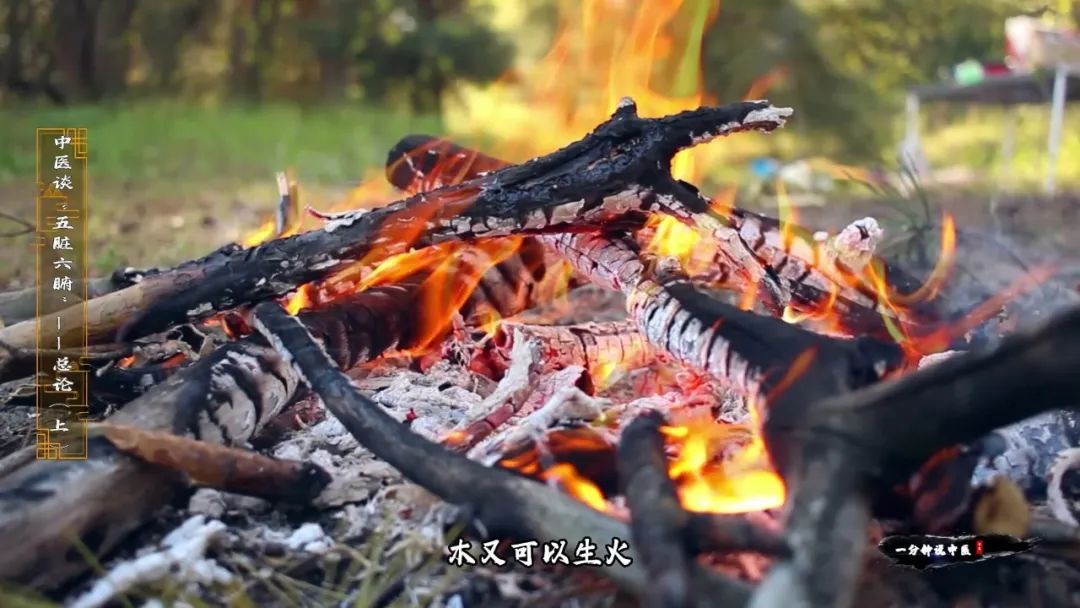
The relationships among the five Zang organs are based on the theory of the Five Elements (Wu Xing), where they mutually generate and control each other. For instance, the liver (Gan) belongs to the wood element; what generates this wood? Earth (Tu) nourishes metal (Jin), which nourishes water (Shui) that supports wood. Therefore, watering can nourish wood, which in turn can generate fire (Huo), fire can generate earth, earth can generate metal, and metal can generate water, creating a cycle of mutual generation.
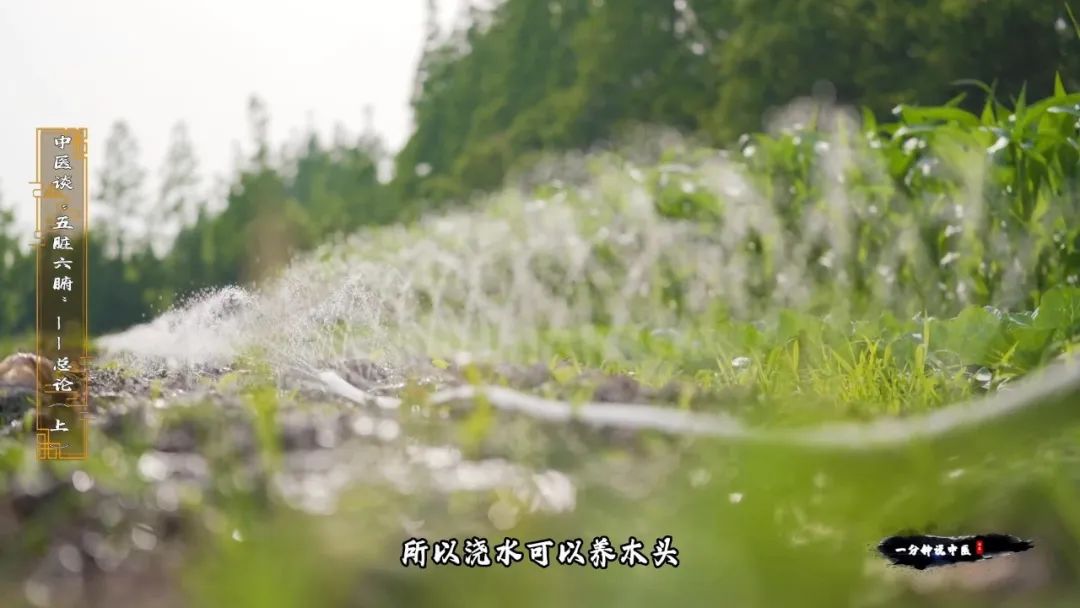
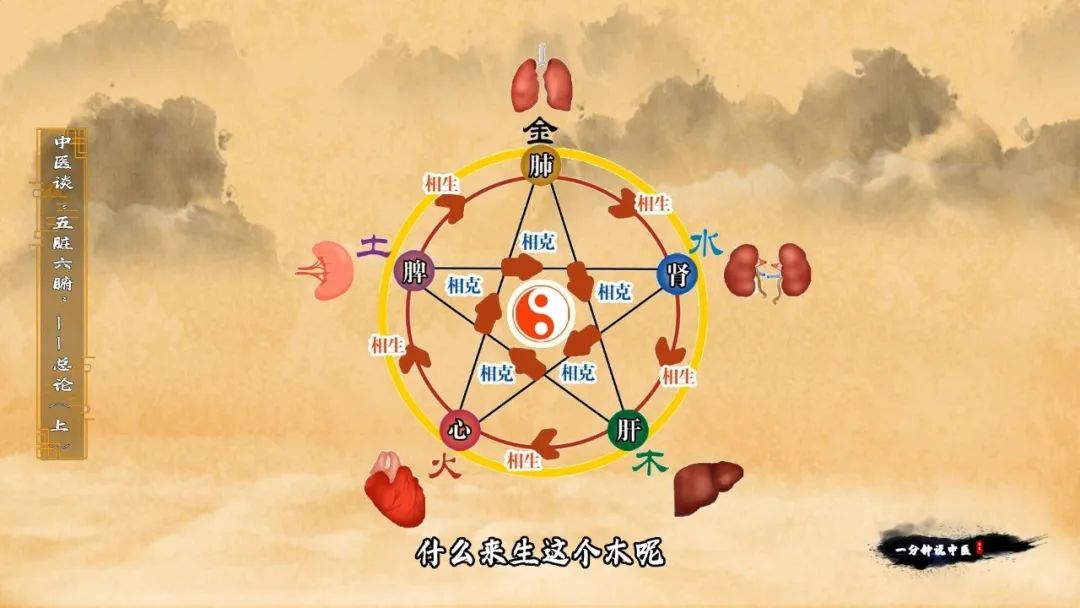
Moreover, there are also controlling relationships among the elements. For example, wood can suppress earth, earth can control water, water can extinguish fire, fire can refine metal, and metal can cut wood. Thus, wood can also return to suppress earth, creating a cycle of control.

In nature, every entity has its own means of generation and control, ensuring the normal operation of all things.
Editor’s Note:
The Zang-Xiang (藏象) theory from the “Su Wen: Ling Lan Mi Dian Lun” states:
The heart (Xin) is the sovereign organ, where the spirit (Shen) emerges. The small intestine (Xiao Chang) is the organ of receiving and transforming substances.
The lung (Fei) is the ministerial organ, regulating the seasons. The large intestine (Da Chang) is the organ of transmission and transformation.
The liver (Gan) is the general organ, where strategies and plans arise. The gallbladder (Dan) is the organ of decision-making.
The kidney (Shen) is the organ of storage and strength. The bladder (Pang Guang) is the organ of storage for fluids.
The spleen and stomach (Pi Wei) are the organ of storage for grains and flavors.
The zhong (膻中) is the ministerial organ, where joy and happiness arise.
The San Jiao (三焦) is the organ of regulation and water pathways.
All twelve organs must not be neglected; when the sovereign is clear, the subordinates are stable; when the sovereign is unclear, the twelve organs are in danger. Therefore, nurturing life leads to longevity, and governing the world leads to prosperity.
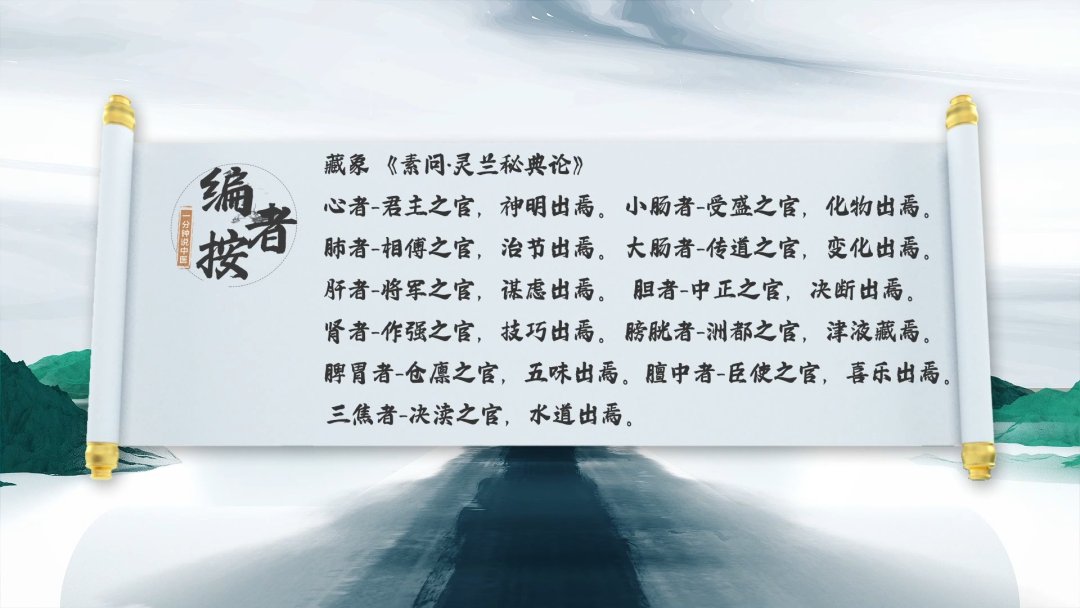
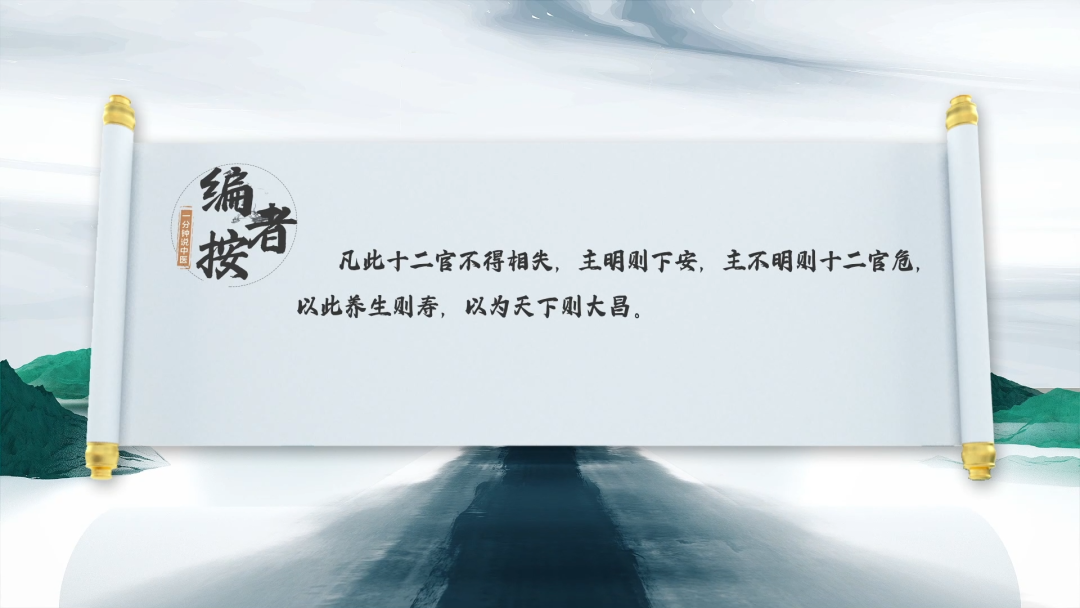
From the “Su Wen: Liu Jie Zang Xiang Lun”:
The heart (Xin) is the root of life, the transformation of spirit, manifests on the face, nourishes the blood, is the sun among yang, and connects to summer qi.
The lung (Fei) is the root of qi, the place of po, manifests on the hair, nourishes the skin, is the sun among yin, and connects to autumn qi.
The kidney (Shen) is the root of storage, the place of essence, manifests on the hair, nourishes the bones, is the lesser yin among yin, and connects to winter qi.
The liver (Gan) is the root of extremities, the residence of hun, manifests on the nails, nourishes the tendons, is the lesser yang among yin, and connects to spring qi.
The spleen (Pi) is the root of storage, the residence of nourishment, manifests on the lips, nourishes the muscles, is the extreme yin, and connects to earth qi.


In one minute, integrate the excellent prescriptions of Traditional Chinese Medicine.
In one minute, understand the internal and external therapies of Traditional Chinese Medicine,
In one minute, learn the health preservation techniques of Traditional Chinese Medicine,
In one minute, explore the foundational theories of Traditional Chinese Medicine,
“One Minute to Talk about TCM”

 Content Source: Chongqing Municipal Health Commission, Chongqing TCM Administration
Content Source: Chongqing Municipal Health Commission, Chongqing TCM Administration
